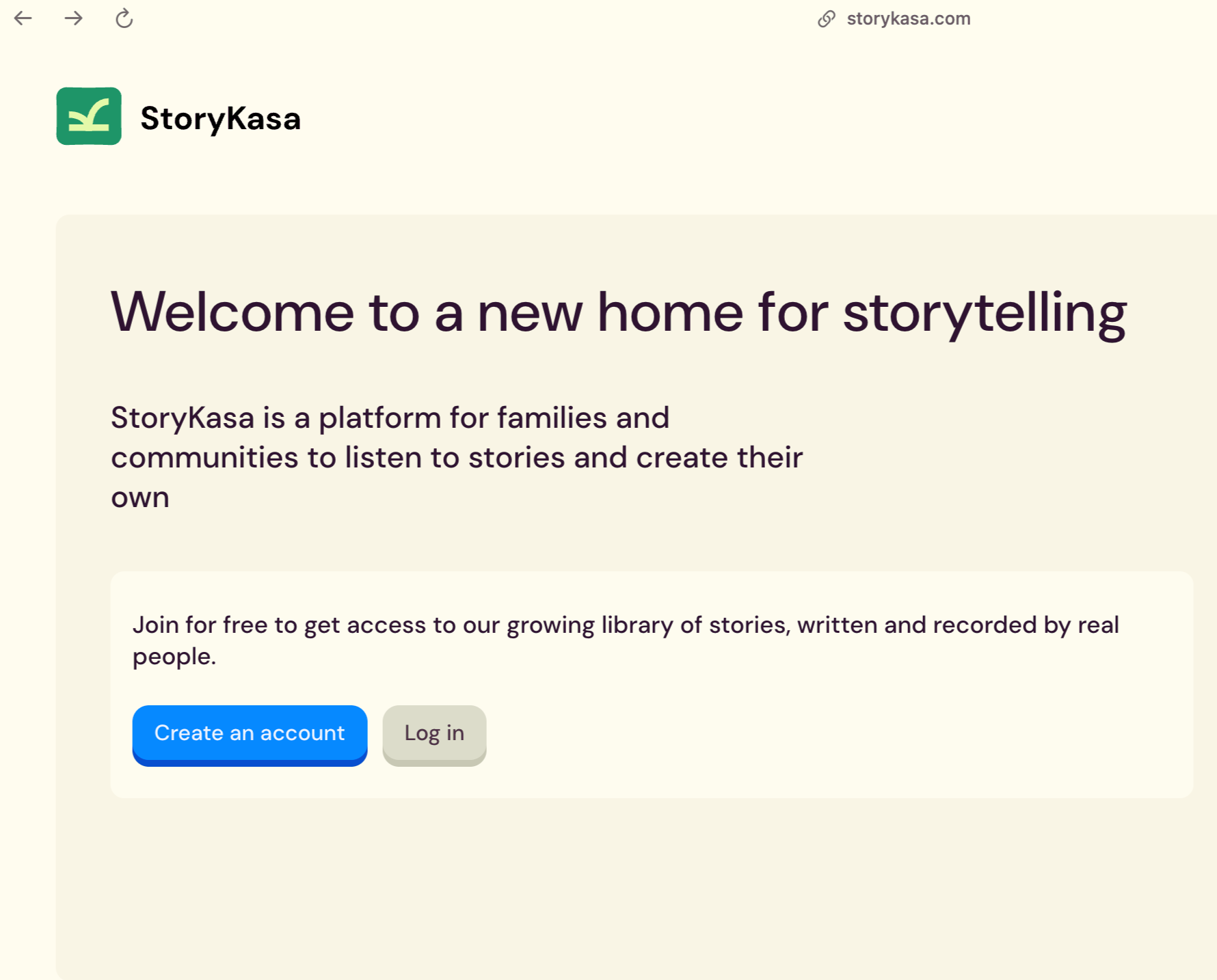 Kieron Boyle, the incoming Director of the Marshall Institute’s 100x Impact Accelerator, argue that it’s not enough to focus on grant-making alone — foundations should generate impact using all of their money.
Kieron Boyle, the incoming Director of the Marshall Institute’s 100x Impact Accelerator, argue that it’s not enough to focus on grant-making alone — foundations should generate impact using all of their money.
In 2021, the 300 largest foundations in the UK gave away a record £3.7bn to charities and individuals in need. That money had a huge impact on the world.
But what of the other £87.3bn of assets that those foundations controlled through their charitable endowments? They represented 96 per cent of the money at the foundations’ disposal at the time. What impact did those assets have? And, more importantly, what impact could they have had?
In the past, this question was rarely asked. The impact of endowments, it was said, existed solely in terms of the investment returns that they generated and how these could be spent. However, this narrow view has some inconsistencies.
First, it assumes that a charity’s investments support its mission. That’s certainly not a given. Many investment activities cause serious harm in the world.
Second, it supposes that giving money away is the most efficient way to achieve impact. But why should that be the case? Not every challenge is grant-shaped.
Third, it implies that a focus on impact detracts from performance. This overlooks the huge commercial opportunities that exist in transitioning to low-carbon industries and in reaching underserved markets.
Fourth, it presents two separate identities, and motivations, within one organisation: the institutional investor and the philanthropist. That hardly sounds like a recipe for clear thinking.
But, above all, it’s strangely inattentive to scale. In the UK, endowed charities’ assets are 24 times bigger than their charitable disbursements. Directing just 5 per cent more of these assets towards pressing social and environmental challenges would more than double the amount of philanthropic capital that is targeting impact. To put it in perspective, trying to achieve impact through grant-making alone is like playing a football match with one star player rather than two whole teams.
Fortunately, that was then, and this is now. These days, there are an ever-growing number of foundations looking to generate real-world impact across all their assets.
For example, earlier this year, the US-based California Endowment Fund announced that it would move its entire $4bn endowment toward investments that advance its overall mission: expanding access to affordable healthcare. Similarly, last year, the Australian Paul Ramsey Foundation committed its $3bn endowment to a ‘total impact approach’: looking at how their whole balance sheet is invested and stewarded, rather than a focusing on impact through grant-making alone.
Here in the UK, we are also moving from the early adopters to the early majority — the requisite of a tipping point towards a new norm. In the past few years alone, charitable endowments with assets of more than £5bn have begun to invest intentionally for impact. Some, like the 500-year-old Guy’s and St Thomas’ Foundation, have set dual mandates for their endowments: for both impact and returns. Others, like the £1bn Esmée Fairbairn Foundation, are going one step further and using their endowments to design new financial instruments to address society’s challenges.
What is common across all these examples is that the endowments are making investments that align positive change with sustainable financial returns. They are uncovering opportunities to massively multiply their impact, both through capital allocation decisions and stewardship of their investments. And, just as importantly, they are showcasing to even bigger pools of money what the future of investing looks like.
In a global economy facing the deep-seated challenges of climate change and rising inequality, these endowments are no longer the minnows of the capital markets. They’re the pioneers.
So, does that mean it is easy? Well, not exactly. Easier would be a better description as there are now more impactful investment products and opportunities than ever before. For example, Phoenix Capital, a Netherlands-based investment adviser, has an impact funds database that provides detailed information on more than 2,500 impact funds across 1,100 fund managers globally.
Nevertheless, there are challenges. The biggest of these is the effort involved in moving from the status quo. For example, many endowments are invested in pooled funds and passive strategies because of their low cost. Moving to more active strategies with impact in mind can involve choosing new managers and hiring more resources for the investment process.
Endowments are responsible for considering the impact of all their assets, not just the money given away. Other frequently stated concerns are the limited track records of some impactful funds, the lack of liquidity when investing this way, the belief that these investments are necessarily “concessionary”, and the worry that this type of investment activity goes beyond Trustees’ legal responsibilities.
None of these should be blockers to getting going, though. Just because something is cheap doesn’t make it right for the job. Track records are growing all the time. Investment opportunities exist in both public and private markets. Most of the nearly $2tn impact investment field targets market-rate returns. And the legal guidance couldn’t be clearer — endowments are responsible for considering the impact of all their assets, not just the money given away.
In years to come, we’ll struggle to understand the orthodoxy that insisted endowments must be somehow separate from the organisations whose missions they enable — rather than their most powerful tools. And the world will be greener, fairer, and more resilient for it.
This article originally appeared in the Financial Times.



